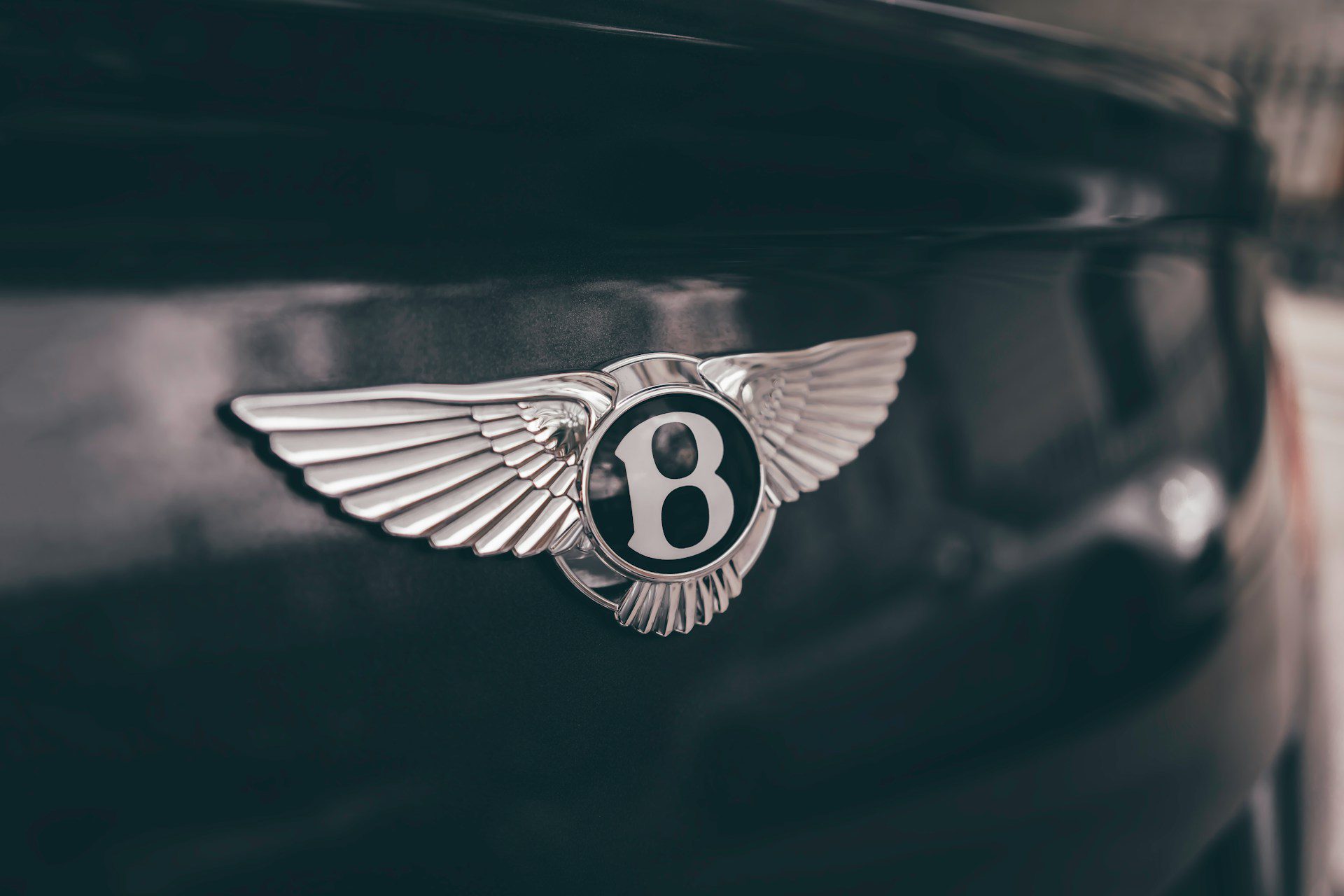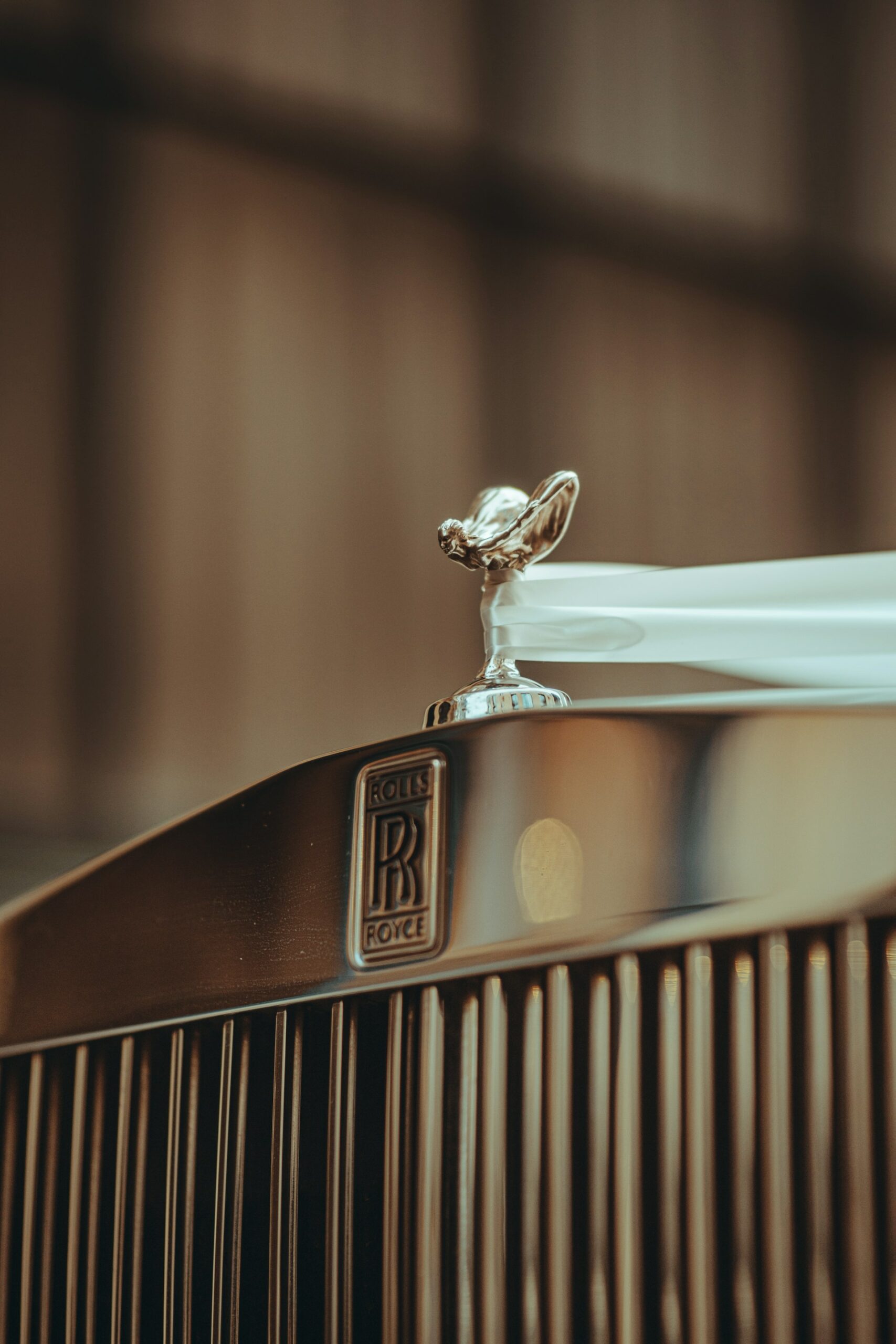E30 M3 vs. 190E 2.3-16: Compact Sports Sedan Showdown
In the mid-1980s, two iconic compact sports sedans emerged as standout models within their respective brands: the BMW E30 M3 and the Mercedes-Benz 190E 2.3-16. Both cars not only represented the pinnacle of their manufacturers’ engineering capabilities at the time but also became significant icons in the automotive culture. In this article, we will explore their performance, design, and history, offering a comprehensive comparison of these remarkable vehicles.
Brief Overview of the Models
The BMW E30 M3, produced from 1982 to 1994, is part of the second generation of the BMW 3 Series. It was designed as a high-performance version of the standard 3 Series, intended to participate in touring car racing. The M3 quickly garnered a reputation for its impressive handling and exuberant performance, making it a favorite among enthusiasts.
On the other hand, the Mercedes-Benz 190E 2.3-16, produced from 1983 to 1993, was part of the W201 series and aimed at competing directly with premium offerings from BMW and Audi. The 190E was designed to deliver a balance of luxury and performance, embodying Mercedes-Benz’s commitment to craftsmanship and durability.
Performance Comparison
Performance is often the defining factor when comparing sports sedans. The BMW E30 M3 is powered by a naturally aspirated 2.3-liter inline-four engine, known for its high-revving nature. Producing around 192 horsepower and 170 lb-ft of torque, the M3 boasts a 0-60 mph time of approximately 6.5 seconds. With an emphasis on rear-wheel drive and a well-balanced chassis, the E30 M3 has been lauded for its dynamic handling characteristics and driver engagement.
In contrast, the Mercedes-Benz 190E 2.3-16 features a more sophisticated 2.3-liter inline-four engine, co-developed with Cosworth, resulting in 185 horsepower and 166 lb-ft of torque. Although slightly less powerful than the E30 M3, the 190E achieves impressive torque delivery, allowing it to sprint from 0-60 mph in about 7.2 seconds. The 190E emphasizes stability and comfort during spirited driving and everyday usage.
Driving dynamics are also a significant differentiator. The E30 M3 is often celebrated for its sharp steering and agility, contributing to a driver-focused experience, whereas the 190E 2.3-16 is more oriented towards a balanced ride, offering a plush interior along with BMW-like handling capabilities.
Design and Aesthetics
The design language of both models reflects the automotive philosophies of BMW and Mercedes-Benz in the 1980s. The E30 M3 features a distinctive boxy shape with flared wheel arches, aggressive stance, and a prominent front air dam which elevates its athletic appearance. Smaller details, such as the iconic M-stripe graphics on its side, accentuate its sporting credentials further. Inside, the E30 M3 offers a driver-centric cockpit that combines both usability and a sporting edge, with supportive bucket seats and an intuitive dashboard layout.
Conversely, the 190E 2.3-16 embodies the classic Mercedes-Benz design, showcasing a more understated elegance characterized by clean lines and a sophisticated demeanor. The square headlights and smooth body panels integrate seamlessly, conveying a sense of luxury that enhances its sporty side. Inside the cabin, the materials used exude quality, with an emphasis placed on comfort, thanks to spacious front and rear seating and a well-appointed dashboard that offers a mix of high-tech features and traditional nickel trim.
Technological Innovations
Both vehicles benefited from leading-edge technology that was advanced for their time. The E30 M3 was notable for its lightweight construction, employing an aluminum hood and a rear axle fitted with a limited-slip differential which enhanced traction and cornering performance. It came equipped with a highly praised five-speed manual transmission that allowed for precise gear changes, thus complementing the engine’s lively character.
The 190E’s technological innovations include a multi-link rear suspension and a refined 16-valve head design that greatly improved airflow and efficiency. The vehicle also boasted a four-speed automatic transmission, which provided an efficient and smooth driving experience, especially in comparison to its manual counterpart. Additionally, the Mercedes-Benz model included features such as anti-lock braking systems (ABS) in certain trims, enhancing safety and control functions considerably.
Historical Significance and Legacy
The historical significance of both models cannot be overstated. The BMW E30 M3 became a symbol of motorsports success, finding its place in various racing disciplines, including Group A racing. Its legendary status is echoed in numerous car magazines, books, and websites dedicated to the automotive history of the 1980s, highlighting its relevance among car enthusiasts and collectors alike.
The Mercedes-Benz 190E 2.3-16, although not as widely celebrated as the E30 M3, also holds a significant place in automotive history. It contributed to the foundation of Mercedes’ lineage of high-performance sedans, paving the way for models like the C-Class AMG series. The 190E also made its mark in motorsport, achieving various successes including competing in DTM (German Touring Car Championship), further solidifying its performance credentials.
Uniqueness and Special Features
The uniqueness of these vehicles lies in their distinct philosophies. The E30 M3 is recognized for its raw and engaging driving experience, where the car demands driver participation and rewards skill behind the wheel. Its lightweight construction and racing pedigree offer enthusiasts a unique platform for customization and modification, making it a beloved choice for tuners and racers alike.
The 190E 2.3-16, however, stands out for its refinement and balance. The combination of luxury and performance makes it suitable for a broader audience, not just driving purists. Its distinct understated styling coupled with a powerful engine delivers a duality of performance that can be appreciated during everyday commutes or spirited jaunts on twisting roads.
Current Market and Pricing
As classic cars, both the BMW E30 M3 and the Mercedes-Benz 190E 2.3-16 have experienced fluctuations in market value due to their popularity and rarity. Currently, E30 M3 models in good condition can range from $15,000 to over $60,000 based on mileage and restoration quality, while pristine examples or those with racing history can command even higher prices. The Mercedes-Benz 190E 2.3-16 typically prices between $5,000 to $20,000, contingent on overall condition and originality. Collectors prize both models for their mechanical attributes and historical significance, enhancing their collectible appeal.
Authenticity and Considerations for Buyers
When considering the purchase of either vehicle, it’s paramount to ensure authenticity and avoid imitation or subpar models. For the BMW E30 M3, look for the performance badges, original engine numbers, and service records, as these can provide insights into the vehicle’s authenticity and history. The Mercedes-Benz 190E 2.3-16 also requires careful inspection; authenticity checks should include engine codes and chassis numbers that correspond to OEM specifications.
Both cars offer a vivid connection to automotive history, but buyers should seek professionals to confirm the authenticity and provenance of any luxury good, thereby ensuring a sound investment.
Conclusion
The competition between the BMW E30 M3 and the Mercedes-Benz 190E 2.3-16 exemplifies the rich tapestry of automotive history in the 1980s. Each vehicle brought unique strengths and characteristics to the table, appealing to different kinds of enthusiasts and drivers. The BMW E30 M3, with its raw performance and motorsport lineage, has developed a legendary reputation. In contrast, the Mercedes-Benz 190E 2.3-16 represents a harmonious blend of luxury and spirited driving in an elegant package.
Both models remain icons today, not only for their mechanical prowess but also for their roles in shaping the future of compact sports sedans. For enthusiasts or collectors, owning one of these vehicles is not just about the car itself but rather a connection to an era defined by engineering excellence.
For further reading and resource links, consider visiting the following:





